Promoting Your Tax Preparation Business Using LinkedIn

When Reid Hoffman and a team of former executives from PayPal and SocialNet.Com launched LinkedIn in the spring of 2003, it was as a resume-sharing site. From this humble beginning, it quickly expanded into a network for sales, marketing support, and easily keeping pace with prospects and business colleagues.
As of March, 2015, LinkedIn reported more than 364 million members in more than 200 countries, 93 million of whom are located in the United States. Some 81 percent of its members access their account daily, supporting 1.5 million groups that include hundreds of groups and individuals dedicated to professional tax preparation services. Drake has two affiliated groups – Drake Tax Software and Accounting On Cloud.
Yet for all of its potential, this resource is generally underutilized by tax preparers. With more than a million professional tax preparers and hundreds of thousands of tax preparation and accounting firms nationwide, there is considerable room for tax preparers to expand their businesses and run them more profitably by understanding and using LinkedIn.
For many professionals, it becomes a question of resources, including time. Those who are already engaged in community networking, Twitter, Facebook and a web site may believe that adding another social media service might be one service too many. But in truth, effective use of LinkedIn will reduce the time required for a wide range of marketing tasks for the tax service.
Here is a list of 10 ways to both reduce time commitments and drive profitability by using LinkedIn:
- Replace your business card file with LinkedIn Contacts. Virtually everyone you meet in business has a LinkedIn account. Once you acquire a business card, connect with those people on LinkedIn. People who are promoted or change jobs generally update their LinkedIn profiles, so you do not have to. In addition, you are able to keep notes on each contact to keep track of their activities, their personal lives, and conversations you have with them.
- Keep pace with the industry. Tax preparers face a plethora of issues that include regulation, certification, competitive pressures, fraud, identity theft, and price pressures. In 2014, this list expanded to include the Patient Protection and Affordable Care Act, and in 2015, the IRS began to focus on fraud related to filing of payroll taxes. LinkedIn provides an effective way to keep track of these and other issues tax preparers need to know about.
- Use groups to relate to peers and prospects. The groups related to tax provide additional opportunities to learn more about the craft of tax preparation and trade ideas with peers. At the same time, these groups offer an exceptional means to display your ideas and expertise – demonstrating your expertise among potential clients and industry thought leaders.
- Keep your profile updated. This is the best means to announce business successes, promotions, job changes and other personal business events. Remember that the concept is to enable people who want you and your expertise should be able to do so easily. In addition, remember to post a professional photograph of yourself. This will make your profile more visual and more human to those who visit it.
- Follow the Leaders. Leaders in the industry – including such luminaries as Phil Drake of Drake Enterprises and 34,500 professionals at the Internal Revenue Service, are active on LinkedIn. This offers an unparalleled inside view of issues thought leaders are paying attention to, and their thoughts on each.
- Cross-pollinate your social media. Blogs, Facebook posts, newsletters to clients – all of these help to demonstrate your expertise in the industry and convince prospective clients that they should give you their tax business. You can share the same information as well on your company page, your professional profile page and groups to which you belong --- especially community groups such as your local Chamber of Commerce group site.
- Use it as an advertising medium. Advertising on LinkedIn gives your firm a highly targeted, pre-qualified audience for small electronic ads that will not break your marketing budget. LinkedIn itself offers a page of case studies and articles on how best to advertise using their service.
- Use it for non-paid promotions. LinkedIn can be used for public relations and promotion through the publication of news releases, new employee hires, awards, certifications, training your receive, training you conduct for seasonal hires, and other activities.
- Gather and list endorsements. At the top of your profile page, you have the opportunity to list your areas of expertise – and then have colleagues and clients endorse your abilities in each of these to strengthen your with a third-party perspective.
- Proofread everything. Nothing ruins a professional presentation – including your profile page and group posts – like typographical and grammatical errors. If editing your own words is not your strong suit, have someone else perform this for you. Do not rely on spell and grammar checkers, as these are notoriously unreliable.
Creating or enhancing your presence on LinkedIn may seem simply another marketing chore that can take up precious time and effort. But it is, in reality, a critical element in your online marketing effort and one of the most cost-effective ways to reach prospective new clients – or retain current ones.



